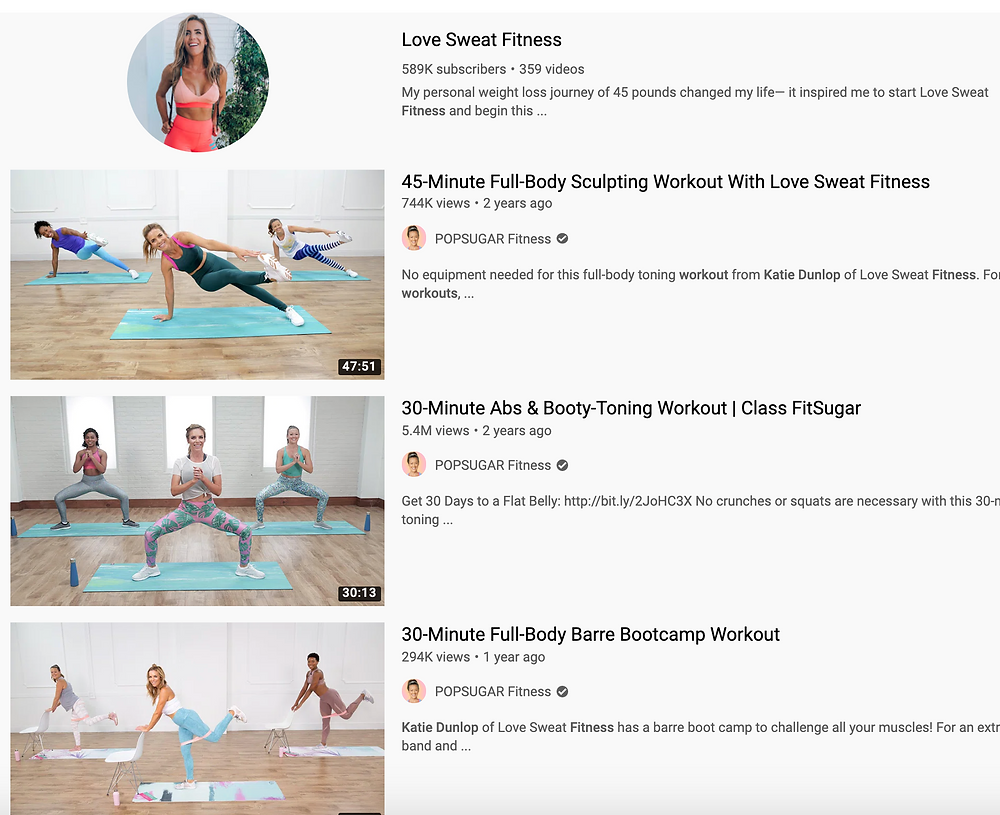
You're here because you want to know if waist trainers can cause harm. We have all the details about waist trainers, including side effects, cost, long-term usage, and costs. It's now time to decide whether waist trainers are right choice for you. Learn the truth about waist trainers! Keep reading to learn more about wearing waist trainers.
Side effects of wearing an elastic waist trainer
Waist trainers may not be suitable for everyone. A waist trainer can cause heartburn, irritability and abdominal discomfort. These products can also cause inflammation and damage to the blood vessels. Women can experience gas and other digestive problems as a result. A waist trainer may not be suitable for all women, however.
A waist trainer may also restrict airflow and cause acid reflux, a complication that can lead to serious health issues, including loss of memory, increased risk of strokes, and even obesity. The waist trainer can also cause tightening of the abdomen muscles which can make deep breathing difficult. This can lead to panic attacks and anxiety. Wearing a belt around the waist while you sleep can cause dizziness, nausea, or fatigue.
Whilst waist trainers might reduce your overall body fat, they should be avoided for extended periods. Over-pressure on the abdomen may cause organ damage. It may take several years to return to your normal shape. People should be wary of wearing waist training. If you aren't sure what the side effects will be, don't wear the waist trainer longer than necessary. If you are going to be exercising, a waist trainer should not be worn.

Wearing a waist trainer is expensive
The costs of wearing a waist trainer can vary from ten to one hundred dollars, but they are generally less than forty dollars. It is important that you measure the waist before purchasing one. Also, read customer reviews. Jeff Miller, a certified personal trainer, recommends that waist trainers should be used in conjunction of proper diet and exercise. A waist trainer can only be used if you're unable to manage your diet and lose weight.
When shopping for a waist trainer, you need to decide whether you'll be wearing one under the bust, over the bust, or under your bust. There are three options available depending on your body type: corset-style trainers which sit below the bust; corset trainers that rest over the bust; and vest-style waist trainers which rest over the bust. A waist trainer can be worn over your bra, or paired with a faja-style model.
A waist trainer is a tool that can be used to motivate dieters to sit more upright and eat less. However, it is unlikely to drastically change your body shape. You may be able to start a new training program, but wearing a belt around the waist could damage your internal organs. They force them into uncomfortable positions that can cause long-term harm. These devices can cause discomfort for some women. You can also opt for natural weight loss methods such as exercising more and increasing your nutrition if you have back issues.
A waist trainer can be used for long-term purposes
Waist trainers may not be the best option if you're trying to lose weight. They are not safe and can cause serious side effects, including heartburn and decreased energy levels. Additionally, a waist trainer can squash internal organs and can even lead to prolapse. Women have reported passing out as a result of breathing problems. Because waist trainers put pressure on the abdominal wall, this can cause women to pass out. As a result, they can cause a woman to suffer from acid reflux.

There are many potential dangers associated with waist trainers. They can cause organ damage and some people have experienced acid reflux, difficulty breathing, wind, and other symptoms. You should first improve your health if you want to reduce your waistline. You should avoid sugary foods, reduce portion sizes, and concentrate on strength-training exercises. Strength training can help tone the muscles of your butt, obliques and stomach. Doing exercises like climbing stairs or hiking can also tone your butt.
Worse, your lung capacity can be reduced by waist trainers of 30-60%. Even worse, you may experience dizziness, difficulty breathing and fainting. Even worse, fluid buildup can occur in the lungs which can damage other organs. It can even cause you to pass out if worn for long periods of time. A waist trainer can cause inflammation in the lungs which can lead to serious illness such as pneumonia.
FAQ
Can I go to a gym 7 days per week?
Yes, you can go to a gym seven days per week. But not all at once. You have to find a time where you can do this without feeling too exhausted and drained.
This will help to keep you focused and give you energy for other things.
You should also ensure that your meals are well-balanced. This will help you not feel tired or slow at the gym.
Last but not least, ensure there are no other people competing for your time. It is possible to skip exercising on school nights if your children are involved.
What is a good daily gym routine?
Regular exercise is key for staying in shape. It doesn't matter what type of fitness activity you choose as long as you do it regularly. The most important thing is consistency. For you to get results, you have to stick with it for a longer period of time.
Begin by walking for a few minutes each day. Increase the time you spend exercising each day until you can do 30 minutes. You can do this running, swimming weight training, yoga or aerobics classes.
You should try to ensure that you exercise most days of the week. If you have a reason to miss a session, don't skim it.
Wear appropriate clothing and footwear when exercising outdoors. Weather conditions can also affect your ability and safety to exercise.
When you exercise, drink plenty of fluids. Avoid alcohol consumption during this time as it can lead to dehydration. Caffeinated beverages such as tea, coffee, and cola should be avoided. They can provide energy, but they also dehydrate.
After your first exercise, you may feel tired. But if your workouts are continued, you will feel more energetic.
What is the best workout routine to build muscle?
There are two main things you must do when building muscle mass. These are the isolation exercises as well as compound movements. While isolating exercises target specific muscles, compound movements are designed to focus on multiple muscle groups at once.
It is important to do exercises that work all of your major muscles groups. This ensures that each session is challenging.
To keep track of what you have done, use an app called MyFitnessPal. It allows you log everything, including calories burned and weight lifted. You can also make custom meal plans according to your goals.
Is it true to say that protein overeating can lead to kidney stones?
Protein helps maintain healthy bone and tissue. Over-consuming protein can result in calcium being excreted through the kidneys. In turn, this can result in kidney stones.
It is important to keep in mind that not everyone will develop kidney stones if they consume more protein than 2 grams per kilogram (2.2lbs). High amounts of protein can be consumed by some people without causing kidney stones.
You can prevent kidney stones by watching your sodium consumption. Sodium regulates the water balance of the kidneys. Too much sodium results in a higher risk of developing kidney stones.
You may also want to reduce your protein intake in the event of kidney stones. About half of adults' daily caloric intake is made up of protein. It is possible to lose weight by cutting down on your intake of proteins.
If you do decide to eat more protein, don't go overboard. Try to eat less than 20% protein in total calories.
Statistics
- Get free shipping and 25% off today. (healthline.com)
- According to the American Academy of Dermatology (AAD), men over 50 are at a heightened risk of developing it. (healthline.com)
- According to the American Heart Association, blood pressure should be checked at least once every two years, beginning at age 20. (my.clevelandclinic.org)
- Candidates and applicants must pass all four tests at 70% (minimum level) to graduate from Basic Deputy U.S. Marshal (BDUSM) Training. (usmarshals.gov)
- Cardmembers earn 5% Back at Amazon.com with a Prime Credit Card. (amazon.com)
External Links
How To
What nutrients does a man need daily?
Daily nutrition is essential for men's healthy growth. The body requires vitamins, minerals, proteins, carbohydrates, fats, water, fiber, and other essential elements.
You also need specific nutrients for different times in the day. Your body makes hormones, antibodies and enzymes when you are asleep. You use protein to build muscles and repair damaged tissue when you wake up.
Your body stores extra energy as glycogen and breaks down fat at night. Your body still requires sufficient nutrients and calories even though it needs less calories. You can have a snack at night if you feel hungry.
To fuel your muscles while you train, you will need sufficient carbs as well as protein. If you train hard, you may experience muscle soreness after exercising.
To avoid this, you need to eat carbs and proteins within two hours of training. To provide energy, your body will begin to break down stored glycogen.
Also, protein must be consumed immediately after your workouts. This prevents muscle tissue loss that happens while you sleep.
Your body makes lactic acid when you are doing intense physical activities. Lactic acid builds up in the bloodstream and causes fatigue. Avoid this by eating foods rich in carbohydrates such as fruits or vegetables.
Carbohydrates provide energy for your body to recover after strenuous exercise.
In addition, you may want to include lean meats, fish, eggs, milk, cheese, yogurt, beans, nuts, and seeds into your diet.
All of these foods have high-quality protein. Protein aids in muscle growth and repair of damaged tissues. It provides amino acids that your body needs in order to produce sexhormones and testosterone.
To maintain healthy skin, hair, and joints, you also need sufficient dietary fats. Healthy men should consume between 20% to 35% of their daily caloric intake from fat.
Fat is good for your heart and helps you fight cancer. Your brain also functions properly thanks to fat.
Most of the fat you need can be obtained from vegetable oils, including sunflower oil (or soybean oil), peanut oil, peanut oil, soybean oil, and peanut oil.
These oils have high amounts of monounsaturated oil fatty acids, (MUFAs). MUFAs are good for lowering cholesterol and reducing inflammation. They protect your cells against free radical damage.
Saturated fats (SFAs) are found mostly in animal products like meat, dairy products, and butter. SFAs can increase LDL ("bad") cholesterol as well as triglycerides. They also promote weight gain and belly fat.
Polyunsaturated oil (PUFAs), which are plant-based, can be found in vegetable oils, nuts seeds, grains, and other plant-based products. PUFAs improve cardiovascular function and decrease inflammation. They are also good for controlling blood sugar and cholesterol.
Erectile dysfunction can often be a problem for men who have low HDL ("good") levels of cholesterol. Saturated fats are a major source of bad cholesterol. This lowers good cholesterol.
Men who eat lots of red meat or pork can develop prostate problems. This is because these foods contain high amounts of nitrates. When heated, nitrates are converted to nitrosamines. These compounds cause cancer.
Nitrites and other harmful chemicals are common in processed meats. You should avoid them.
The American Heart Association recommends that you limit your intake of red meat to 2 per week. Instead, opt for poultry, fish, legumes and tofu as well as whole grains bread and cereals.